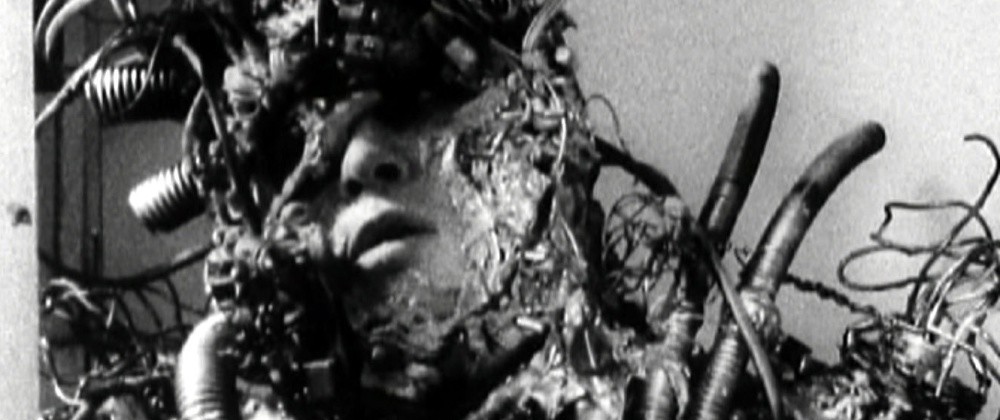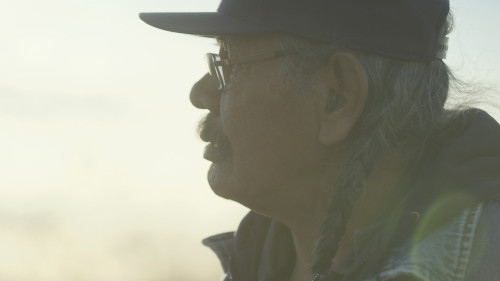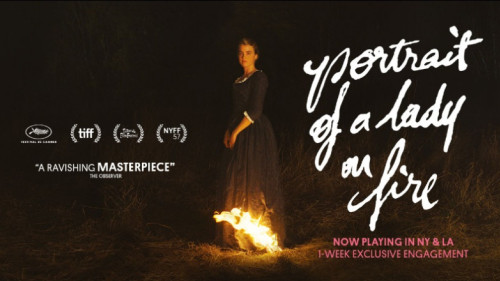Volume 19, Issue 8 / August 2015
Japanese Cinema
In this issue
-
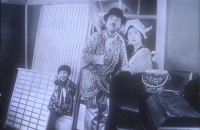
Musical Peace-Pact: Sound and Music in Heinosuke Gosho’s The Neighbour’s Wife and Mine (1931)
-
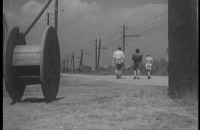
An Inn in Tokyo and Mr. Thank You Seen through the Lens of Bazinian Realism
-
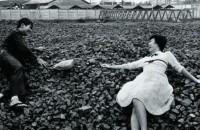
Individualism in the Land of the Rising Sun: Youth and Rebellion on the Cusp of the Japanese New Wave
-
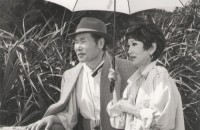
The Tragic Hero as Drifter in Yoji Yamada’s Films
-

Anxiety in a Technological World: Tetsuo: the Iron Man
This issue focuses on Japanese films, with all five essays delving into various aspects of one of the richest and most diverse national cinemas. However, although different eras, genres and aesthetic concerns are addressed in these pieces, it is interesting to note that recurring themes run through the films discussed. The most notable of these themes is the ambivalent Japanese response to a modernizing society and the related growing influence of Western culture, and the way these factors have affected the place of the individual in traditionally group-minded Japan. In the first piece, Ramin S. Khanjani looks at the Japanese film industry’s transition to sound, and how this transition is used in Heinosuke Gosho’s The Neighbour’s Wife and Mine (1931) as a metaphor for Japan’s accommodating itself to modernity. In particular, the use of American jazz music, first as a source of conflict and then as a key to resolving the film’s conflict, reflects both the attraction of Western culture and the underlying uneasiness toward it that creates a need for reassurance. Besides being the first commercially and critically successful Japanese sound film, The Neighbour’s Wife and Mine is also a good example of that peculiarly Japanese genre, the shomingeki . These “tales of everyday folk” were comedy dramas typically set among the middle and working classes, and remains the genre most associated with Shochiku Films. In my essay, I also focus on Shochiku shomingeki from the 1930s. However, while the issue of modernity is important in An Inn in Tokyo (1935, Yasujiro Ozu) and Mr. Thank You (1936, Hiroshi Shimizu), I use these films to focus instead on the shomingeki’s defining characteristic of finding comedy and drama in the stuff of routine, quotidian life. The realistic style of these films in many ways anticipates the Italian Neorealist classics of the 1940s, and I explore the writings of that champion of Italian Neorealism, André Bazin, to discuss two of the best, and best known, shomingeki in order to examine both Bazin’s ideas and the nature of 1930s Japanese realism. First time contributor Frédéric St.-Hilaire follows with a look at post-World War II Japan, awash in American culture and on the brink of a cinematic New Wave. He analyzes three classic youth films from the 1950s which, in different ways, deal with a generation’s coming of age and responding to the tension between tradition and individualism in a rapidly changing and increasingly Westernized and affluent Japan. The responses of these films run from a rejection of the West’s corrupting influence to a fervent embrace of freedom and championing of the individual which St.-Hilaire argues would become a central characteristic of the New Wave films of the 1960s. However, while these films harshly critiqued the group-oriented organization of Japanese society, a different sort of movie arrived at the end of the decade. For just over a quarter-century, from 1969 to 1995, the Japanese box office was dominated by Otoko wa Tsurai yo (“It’s tough to be a man”), a series of 48 films featuring the lovable drifter Tora-San, which only ended with the death of its beloved star, Kiyoshi Atsumi. The series quickly settled into formula, with Tora-San visiting a different part of Japan in each episode and, while there, becoming involved with a local woman (dubbed “madonnas”, these actresses often received a level of coverage in the Japanese media usually reserved for Bond girls). Hiranmoy Lahiri looks at popular Japanese filmmaker Yoji Yamada, director of all the Tora-San films, and his recurring use of the wandering hero. This is a figure present in Japanese cinema almost from its inception, often in the form of the ronin (masterless samurai) in swordplay films or the itinerant gambler in yakuza films. Produced by Shochiku, the Tora-San films offered not action and adventure as in the swordplay and yakuza films, but a protagonist who would arrive in a new town and become involved in domestic dramas laced with gentle humour, carrying the studio’s tradition of shomingeki into a new era. In a society where the ties of family, school, and workplace often seemed stifling and ever present, the fantasy of apartness embodied in the figure of the carefree drifter had an enduring appeal. However, as Lahiri points out, these films were popular because they allowed Japanese audiences to vicariously enjoy Tora-San’s freedom from responsibility while being reassured, when Tora-San once again ends up alone and heartbroken, that there was something to be said for their choice to stay at home, embedded in the ties that bind Japanese society. The final essay is from another new face, Robert Fuoco, and discusses Shinya Tsukamoto’s cyberpunk masterpiece Tetsuo: the Iron Man (1989). The anxiety of modernization present in all the films mentioned so far is foregrounded here in the tale of a salaryman, the middle class figure often found as the protagonist in shomingeki , who slowly turns into a “metallic mutation” of man and machine. Once again, the anxiety portrayed in this film is not simply fear, but a mixture of uneasiness and intense desire not too far removed, even if represented very differently, from the attitudes on display in the other films discussed. (David Hanley, guest editor)

